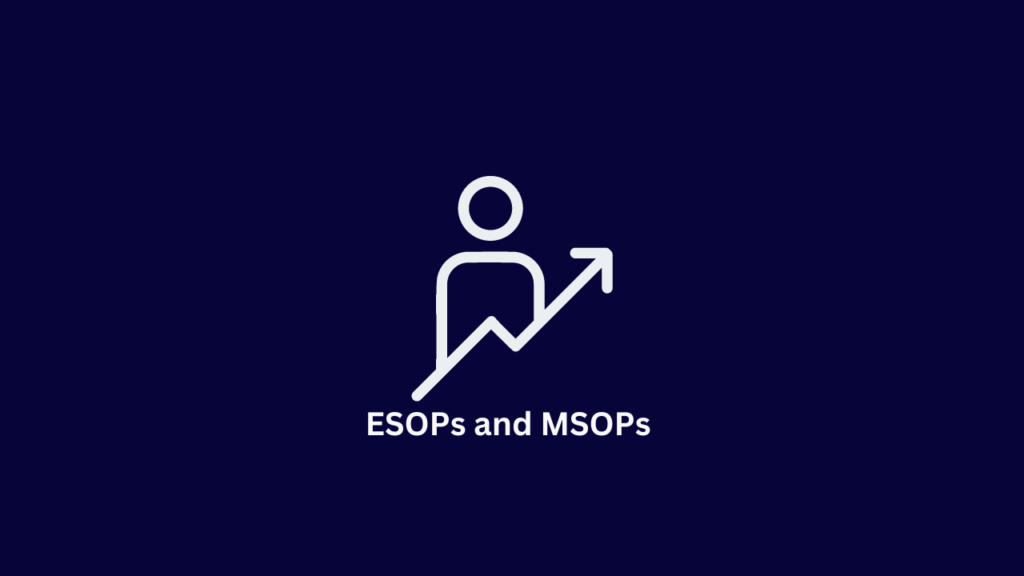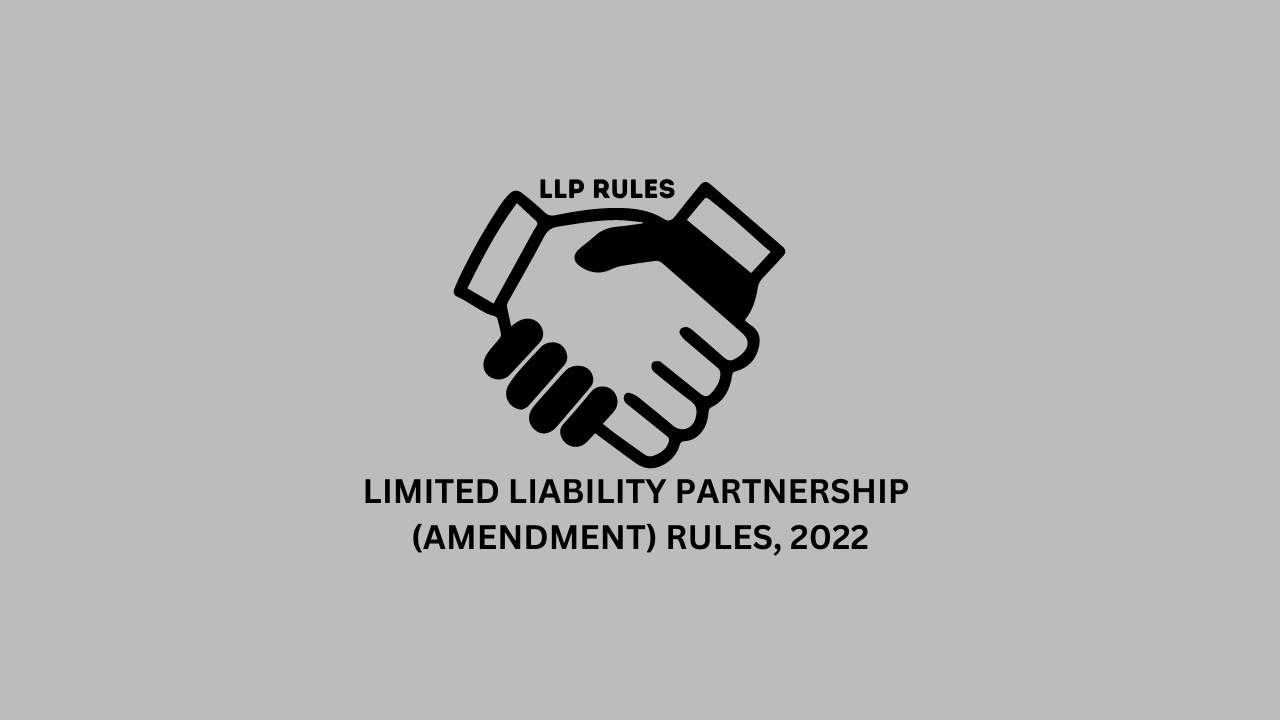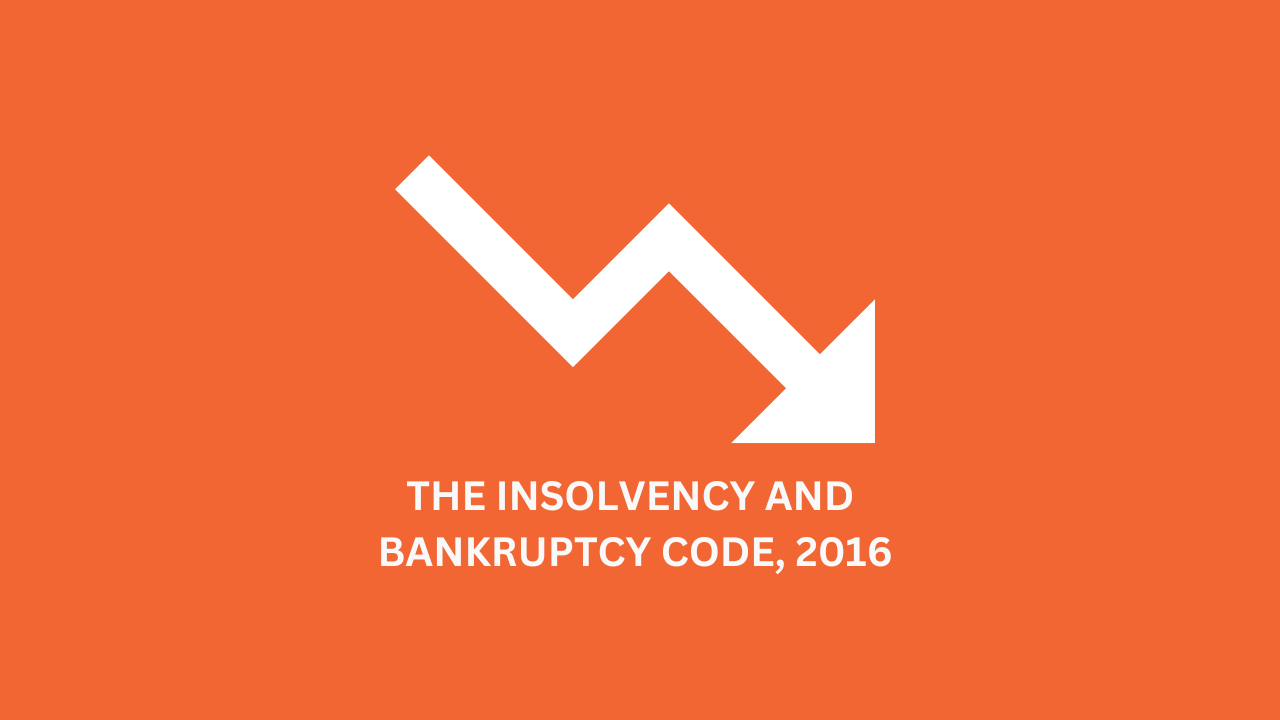
In today’s corporate environment, aligning the interests of employees and management with those of the company is crucial for sustained growth and success. One of the most effective ways to achieve this alignment is through equity-based compensation schemes such as Employee Stock Ownership Plans (ESOPs) and Management Stock Option Plans (MSOPs). These plans not only serve as powerful incentives but also foster a sense of ownership among employees and management, thereby driving performance and loyalty.
This blog explores the intricacies of ESOPs and MSOPs, examining their legal frameworks, benefits, and the steps involved in their implementation. Additionally, it highlights the differences between these two equity compensation mechanisms and their impact on corporate governance.
ESOP (Employee Stock Ownership Plan): A program that gives employees ownership in the company through stocks, aligning their interests with the business’s success.
MSOP (Management Stock Ownership Plan): A plan that grants company shares specifically to key management personnel, aiming to enhance their commitment and incentivize performance.
What are ESOPs?
Employee Stock Ownership Plans (ESOPs) are a type of employee benefit plan that allows employees to acquire ownership in the company they work for. Typically, companies grant stock options to their employees, which can be exercised at a later date, enabling employees to buy shares at a predetermined price. ESOPs are widely used as a tool for employee motivation, retention, and engagement.
Legal Framework Governing ESOPs in India
In India, ESOPs are governed by the Companies Act, 2013, the Securities and Exchange Board of India (SEBI) (Share Based Employee Benefits and Sweat Equity) Regulations, 2021, and other relevant guidelines. These regulations outline the procedures for granting, vesting, and exercising stock options, as well as the reporting and disclosure requirements for companies.
Eligibility Criteria for Employees
ESOPs are typically offered to key employees, including executives, senior management, and other critical staff members. The eligibility criteria are often defined by the company’s board of directors, and they may vary based on the employee’s position, tenure, and performance.
Steps Involved in Implementing an ESOP
Advantages of ESOPs for Companies and Employees
ESOPs offer numerous benefits to both companies and employees:
What are MSOPs?
Management Stock Option Plans (MSOPs) are a form of stock option plan specifically designed for senior management and executives. While similar to ESOPs, MSOPs are typically more focused on incentivizing top management to achieve specific strategic objectives, such as increasing shareholder value or meeting long-term financial targets.
Legal Framework Governing MSOPs
MSOPs are governed by the same regulations that apply to ESOPs, including the Companies Act, 2013, and SEBI regulations. However, the design and implementation of MSOPs often require additional scrutiny due to their impact on corporate governance and the concentration of ownership among top management.
Eligibility Criteria for Management Personnel
MSOPs are usually offered to a select group of senior executives, including the CEO, CFO, and other key members of the management team. The eligibility criteria are often linked to the individual’s role, responsibilities, and ability to influence the company’s strategic direction.
Steps Involved in Implementing an MSOP
Advantages of MSOPs for Companies and Management
While ESOPs and MSOPs share similarities, they differ in several key aspects:
Category | ESOPs | MSOPs |
Objectives | Primarily designed to motivate and retain employees by providing them with a stake in the company’s success. | Focused on aligning the interests of senior management with the company’s long-term strategic goals.
|
Eligibility | Typically offered to a broader group of employees, including middle management and key staff.
| Targeted specifically at senior executives and top management. |
Vesting and Exercise | Vesting schedules are generally shorter, often ranging from 1 to 4 years, with the primary goal of employee retention.
| Vesting schedules are longer and often tied to the achievement of specific performance metrics. |
Impact on Corporate Governance | Distribute ownership more widely among employees, which can dilute the influence of individual shareholders but enhances overall employee engagement.
| Concentrate ownership among top management, which can strengthen corporate governance but may raise concerns about management control. |
Both ESOPs and MSOPs are subject to stringent regulatory requirements to ensure transparency and protect the interests of all stakeholders.
1. Regulatory Requirements:
2. Tax Implications:
3. Reporting and Disclosure Obligations:
Failure to comply with the regulatory requirements for ESOPs and MSOPs can result in significant penalties:
1. Penalties under the Companies Act, 2013:
Companies that issue stock options without following the prescribed procedures can face fines, and the officers in default may be subject to penalties, including imprisonment.
2. Tax Penalties:
Incorrect reporting of stock options can lead to tax penalties, including interest on unpaid taxes and fines for non-compliance with tax laws.
3. Case Studies of Enforcement Actions:
Several companies have faced enforcement actions for failing to comply with the regulations governing stock option plans. These cases highlight the importance of adhering to the legal framework to avoid financial and reputational damage.
To maximize the effectiveness of ESOPs and MSOPs, companies should adhere to the following best practices:
TechCorp, a leading technology firm, implemented an ESOP to enhance employee retention and motivation. By offering stock options to all employees, TechCorp successfully fostered a sense of ownership and alignment with company goals. The ESOP led to increased employee engagement, reduced turnover, and overall improved performance. Key to its success was clear communication and regular updates about the plan’s impact on individual and company-wide performance.
FinServe, a financial services company, introduced an MSOP to drive its senior management team towards achieving ambitious growth targets. The plan was tied to specific performance metrics, including revenue growth and profitability. The MSOP resulted in significant improvements in strategic decision-making and achievement of key financial objectives. However, FinServe faced challenges in balancing the concentration of ownership among top executives and ensuring that the plan did not undermine broader employee morale.
ESOPs and MSOPs are powerful tools for aligning the interests of employees and management with the long-term success of the company. By providing equity ownership, these plans enhance motivation, retention, and performance. While ESOPs cater to a broader group of employees, MSOPs focus on top management, tying their compensation to strategic goals and performance metrics.
Implementing these plans requires careful consideration of legal and regulatory requirements, as well as best practices to ensure their effectiveness. Companies that successfully implement ESOPs and MSOPs can benefit from improved employee engagement, enhanced corporate governance, and a stronger alignment of interests between stakeholders.
As with any equity compensation plan, it is essential for companies to stay informed about regulatory changes and industry trends to maintain compliance and optimize the benefits of their ESOP and MSOP schemes.








